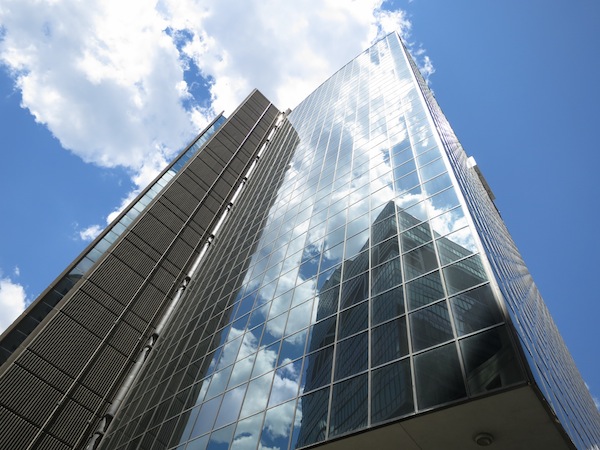Through the 2012 Owner Study, consultant FMI and the Construction Users Roundtable set out to understand how large capital program owners are coping with the current environment, as well as what challenges they believe the future environment holds and how prepared they feel to face these challenges. In general, survey and interview questions fell into these broad areas:
-
Identification of future issues impacting capital programs and the degree of preparedness toward addressing those issues.?
-
Level of staffing changes during the past four years and anticipated staffing trends going forward.
- Degree of project disruptions affecting capital programs resulting from delays, cancellations and funding challenges.
- Continued evolution of project delivery systems and procurement methods.
Based on survey responses, it is clear that many capital program owners have already begun the process of identifying future challenges and mitigating the impact of those issues on their capital programs. Other owners, however, anticipate many of these challenges to have a significant effect on their capital programs and are not confident in their responses to date. The ability of these owners to maintain the objectives of their capital programs in the face of these challenges will depend on the actions they take to identify and address these issues. How capital program owners respond to both the current and future environment will significantly influence their ability to plan, design, procure and manage capital projects effectively. As their ability to engage in these activities changes, so too will the expectations of owners for their planning, design and construction partners.
Survey responses reflect the fact that economic recovery has yet to begin for many, especially in the engineering and construction industry. At its peak in 2006, the construction industry represented more than $1 trillion of economic activity, roughly 9% of nominal GDP. The industry has contracted every year since then. The burst of the housing bubble, the credit crisis and the ensuing recession reduced the industry to roughly 70% of its 2006 size in 2012, and to only 5% of nominal GDP. The dark cloud, however, is clearing. according to FMI forecasts, construction put-in-place voluimes in 2012 are expected to end the year 5% higher than in 2011.
For a free download: http://www.fminet.com/fmi-curt-survey-of-owners-2012.html
Related Stories
| Jan 31, 2014
Trump Hotel Collections announces luxury hotel for Rio de Janeiro
The 13-story, 171-guestroom Trump Rio will be Trump Hotel Collection’s first property in South America and the only luxury hotel in the neighborhood when it opens in 2016.
| Jan 31, 2014
LEGO, Google partner to develop 3D modeling tool for LEGO structures
The free tool, called Build, allows Chrome users to create virtual 3D structures using any shape and color in the LEGO catalog.
| Jan 31, 2014
Ultra-modern McDonald's restaurant voted one of world's best new buildings
This McDonald's, which is combined with a fuel station and recreation areas, was awarded the Best Commercial Building of the Year by architecture website ArchDaily.
| Jan 31, 2014
6 considerations for rehabbing student union buildings
Most colleges and universities feel pressure to offer the latest amenities in order to attract and retain the best and brightest students. While hauling in the bulldozer to create modern facilities is attractive in some regards, deciding to renovate can be just as effective and, in some cases, even preferable to new construction.
| Jan 30, 2014
Mayors of 10 metros unite to cut building-related climate pollution
Organizers say combined initiative could cut as much climate-change pollution as generated by 1 million cars every year, and lower energy bills by nearly $1 billion annually.
| Jan 30, 2014
See how architects at NBBJ are using computational design to calculate the best views on projects [video]
In an ideal world, every office employee would have a beautiful view from his or her desk. While no one can make that happen in real life, computational design can help architects maximize views from every angle.
| Jan 30, 2014
The evolving workplace: One designer's inspiration board
"Open office" has been a major buzzword for decades, and like any buzzword, some of the novelty has worn off. I don't believe we will abandon the open office, but I do think we need to focus on providing a dynamic mix of open and closed spaces.
| Jan 30, 2014
How reverse engineering nature can spur design innovation
It’s not enough to copy nature. Today’s designers need a deeper understanding of environmental nuance, from the biome in.
| Jan 30, 2014
What to expect in the metal building industry in 2014
Every year brings changes. This one won’t be any different. We’ll see growth in some areas, declines in others. Here’s a little preview of what we’ll be writing about 2014 when 2015 comes rolling in.
| Jan 30, 2014
What's in store for healthcare capital markets in 2014?
Despite the shake up stemming from the Affordable Care Act, 2014 will be an active year in healthcare capital markets, according to real estate experts from CBRE Healthcare.

















